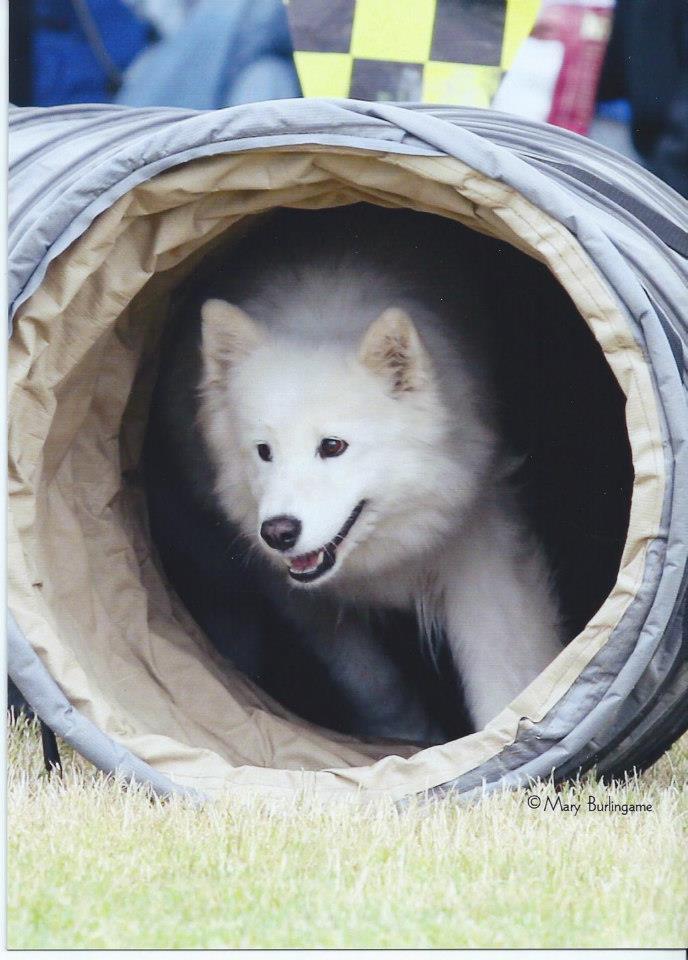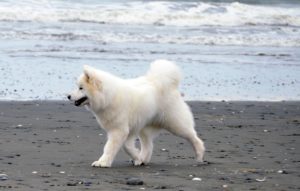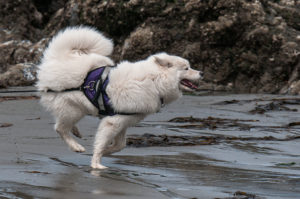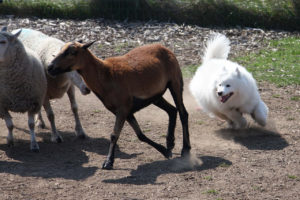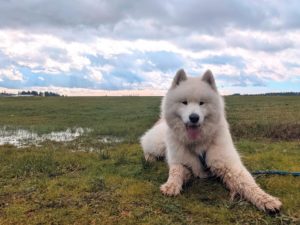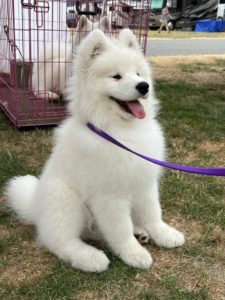Checking For External Parasites
The few minutes that it takes to comb and brush your dog’s coat will pay enormous dividends in his health, well-being and appearance. Regular grooming is the best way to help prevent external parasites and skin disease. In addition, your house will be cleaner too.
If your dog is long-haired, go over his coat daily with a blunt-toothed comb, working gently to remove foreign objects ensnared in his coat. Follow the combing with vigorous brushing in the direction you want his coat to lie. If he is short-haired, give him a quick rubdown with a short-bristled brush or hand glove (a mitt made for grooming). While grooming, check for the following external parasites:
Fleas: Fleas are small parasites that can cause misery for you and your dog. Some dogs have allergic reactions to the flea bites, more specifically flea saliva. These dogs will have an intense, pruritic (itchy) reaction to fleas, often causing a severe skin infection that must be treated by the veterinarian. Flea control must be performed on the dog and in the environment. If a full flea control program is not implemented, you will never get rid of the problem. Consult your veterinary office for canine-safe flea control tips.
Ticks: Ticks are tenacious bloodsuckers that bury their heads under a dog’s skin. They are usually found on the front of the dog, and can look like small warts. Ticks should only be removed with tweezers because they can carry diseases that are harmful to humans. Grasp the tick as close to the skin as possible, and carefully pull the tick out. Although flea and tick sprays and collars can be used to repel ticks, the best form of control is to always examine your dog for ticks after he plays outside.
Lice and Mites: Lice and mites are too small to see, but the signs of infestation are the same as for other pests – frantic biting and chewing at the coat. See your veterinarian if these symptoms persist.
Examine your dog’s feet to see that there are no hair mats or foreign objects embedded between the toes. If he doesn’t get enough exercise to keep his nails worn down, you should occasionally trim them. Long nails can break, causing pain and lameness. Use dog nail clippers, and be sure not to cut into the quick. If in doubt, have your veterinarian give you a demonstration.
While grooming your dog, you should occasionally check his mouth. Dogs will develop tartar deposits that may lead to tooth and gum disease. Consult your veterinarian for dental health tips.


